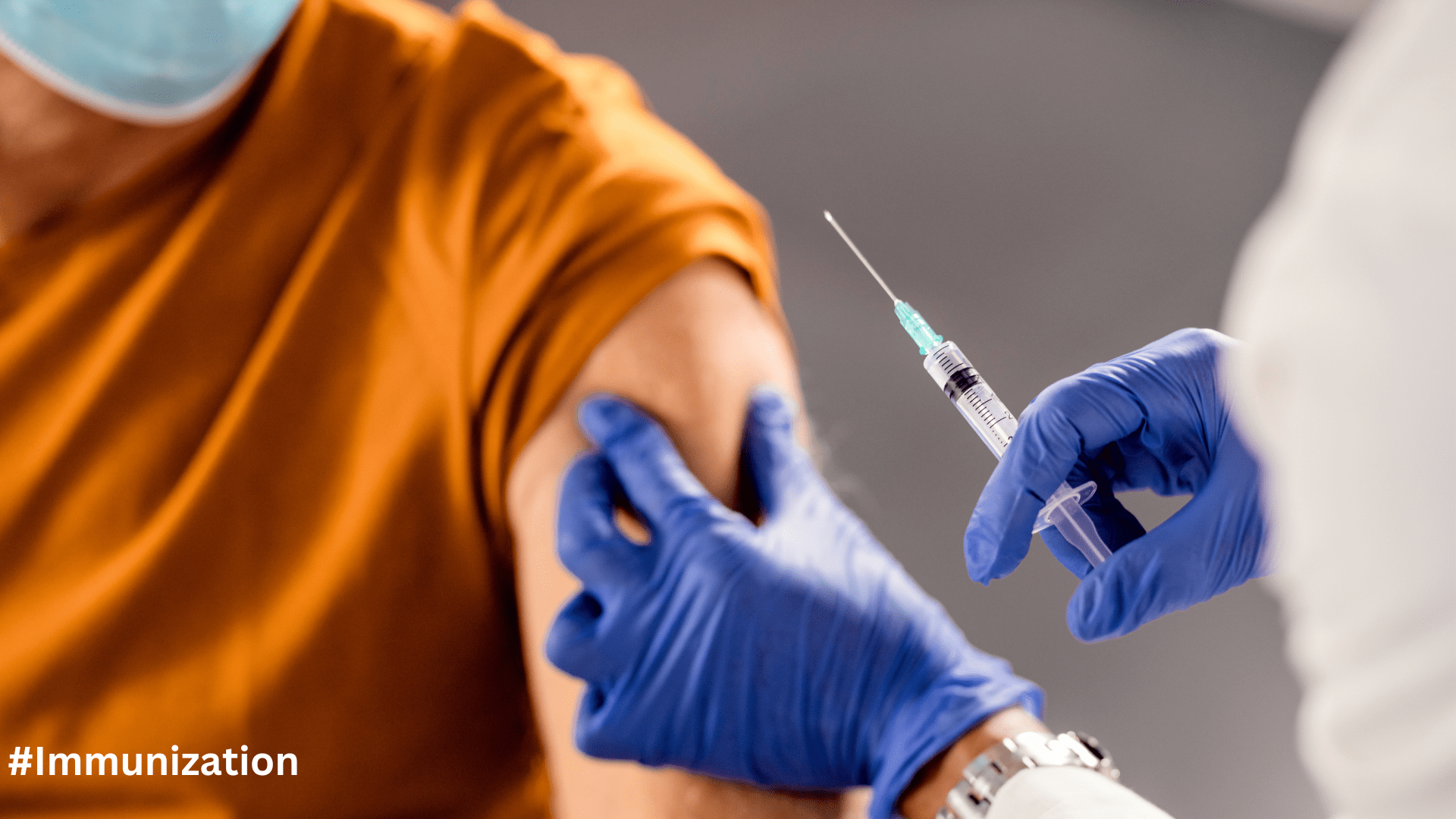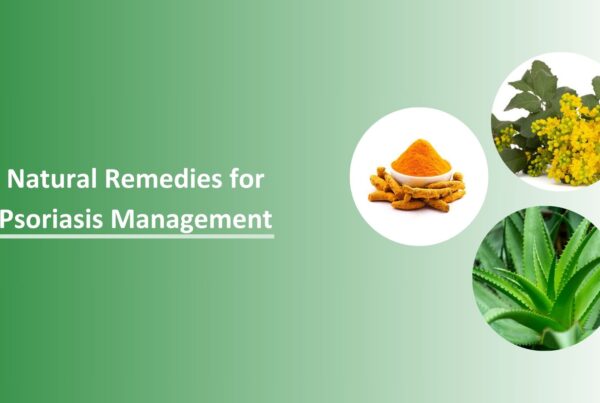Introduction
National Immunization Day, also referred to as National Vaccination Day, holds significant importance in India’s healthcare calendar. Traditionally observed on March 16th each year, this event aims to honor and acknowledge the tireless efforts of policymakers, healthcare professionals, and various stakeholders involved in orchestrating successful vaccination campaigns nationwide. Despite its vast population and geographical challenges, India’s commendable progress in vaccination efforts underscores its immunization programs’ effectiveness and scalability.
This occasion pays homage to the pivotal Pulse Polio Programme, which was instrumental in eliminating polio from India. The country achieved the milestone of being declared polio-free by the World Health Organization on March 27, 2014. National Immunization Day stands as a testament to the indispensable role of vaccines in disease prevention and safeguarding human lives, irrespective of demographics or socioeconomic status.
In 2024, the theme for National Vaccination Day is “Vaccines Work For All.” This theme underscores the universal importance of safe and effective vaccinations in protecting individuals from preventable diseases, regardless of age, gender, location, or economic background.
Evolution and Impact of India’s Universal Immunization Programme (UIP)
- Launched in 1978 as the Expanded Programme on Immunization (EPI), India’s vaccination initiative underwent several transformations to become the Universal Immunization Programme (UIP) in 1985. Initially focused on urban areas, its scope expanded nationwide intending to ensure comprehensive immunization coverage.
- In 1992, it became part of the Child Survival and Safe Motherhood Programme, and in 1997, it was integrated into the National Reproductive and Child Health Programme. Since the inception of the National Rural Health Mission in 2005, the UIP has remained a cornerstone of public health efforts.
- The UIP stands as one of the largest public health programs globally, catering to approximately 2.67 crore newborns and 2.9 crore pregnant women annually. Recognized for its cost-effectiveness, the program has significantly contributed to reducing vaccine-preventable under-5 mortality rates.
- Under the UIP, vaccination is free of cost against 12 vaccine-preventable diseases. Nationally, these include Diphtheria, Pertussis, Tetanus, Polio, Measles, Rubella, severe forms of Childhood Tuberculosis, Hepatitis B, and Meningitis & Pneumonia caused by Hemophilus Influenza type B. Additionally, sub-nationally, vaccinations are administered for Rotavirus diarrhea, Pneumococcal Pneumonia, and Japanese Encephalitis in endemic districts.
- A child is considered fully immunized if they receive all due vaccines as per the national immunization schedule within the first year of their life. Two significant achievements of the UIP include the successful elimination of polio in 2014 and the eradication of maternal and neonatal tetanus in 2015.
Impact of Maternal Immunization on Neonatal and Infant Mortality
Vaccination programs have made remarkable strides in reducing maternal and infant mortality rates. Maternal immunization, particularly against tetanus and pertussis, has been pivotal in saving lives. For example, tetanus immunization has led to a 96% reduction in neonatal mortality since the late 1980s, saving over 750,000 lives. Additionally, pertussis immunization has been over 90% effective in preventing laboratory-confirmed cases and 95% effective in preventing infant pertussis-related deaths.
These vaccination strategies have played a crucial role in preventing vaccine-related diseases in infants and achieving significant reductions in maternal and infant mortality rates. Immunizing pregnant women, provides transient immunity to newborns, safeguarding them during their most vulnerable early months of life. These successes underscore the vital role of vaccination in maternal and child health, highlighting the substantial improvements in health outcomes achieved through effective vaccination programs.
Collaborative Initiatives Driving Vaccination Coverage and Public Health Advancements in India
The Indian government is actively engaged in several collaborative initiatives aimed at bolstering vaccination coverage and advancing public health agendas. Among these partnerships, the Universal Immunization Program (UIP) stands as a flagship initiative, designed to mitigate mortality and morbidity associated with vaccine-preventable diseases. Offering a range of vaccines, including those for BCG, DPT, OPV, measles, hepatitis B, TT, JE vaccination, and the Hib-containing Pentavalent vaccine, the UIP prioritizes routine immunization for children, significantly impacting the control of diseases such as polio and measles.
Additionally, the National Polio Surveillance Project (NPSP), supported by entities like the CDC and WHO, has been pivotal in India’s successful eradication of polio. Through robust surveillance and vaccination campaigns, this project has played a critical role in achieving the prestigious designation of ‘Polio Free’ for the nation.
Further collaboration with the Gavi Partnership has yielded substantial benefits, with Gavi committing USD 250 million in funding to reach zero-dose children – those who have not received any routine vaccine shots. This strategic partnership aims to bolster vaccine demand, fortify health systems, and introduce vaccines for HPV and typhoid into routine immunization schedules. By targeting a 30% reduction in zero-dose children by 2026, this partnership underscores its commitment to expanding vaccine access and enhancing immunization efforts in India.
The Indian government provides free vaccines for measles, rubella, polio, and COVID-19 through the Universal Immunization Program, highlighting its commitment to comprehensive public health initiatives.
Together, these collaborative endeavors underscore the government’s unwavering dedication to partnering with diverse stakeholders to ensure comprehensive vaccination coverage, combat vaccine-preventable diseases, and foster public health initiatives nationwide.
Promoting HPV Vaccination: Government Initiatives in India
The Indian government has taken significant steps to address cervical cancer by introducing the HPV vaccine and implementing initiatives to improve its affordability and accessibility.
Collaborating with the Serum Institute of India, the government launched Cervavac, India’s first domestically developed cervical cancer vaccine, targeting four strains of the HPV virus. Official sources have announced that the Serum Institute’s indigenous vaccine for cervical cancer, CERVAVAC, will hit the market this month at a retail price of Rs 2,000 per vial, containing two doses. Launched on January 24th, this marks the first made-in-India human papillomavirus (HPV) vaccine. Notably, the price of the HPV vaccine for the private market is set at Rs 2,000 per vial, making it considerably more affordable compared to other available HPV vaccines. Cervavac offers a cost-effective option for cervical cancer prevention, particularly vital for wider population access, especially in resource-constrained settings.
Although the HPV vaccine is not yet part of India’s National Immunization Program, discussions and recommendations have been initiated by the Ministry of Health Family Welfare (MoHFW) regarding its potential inclusion. This proactive approach underscores the government’s commitment to combating cervical cancer through vaccination strategies.
Future schemes aim to enhance vaccine uptake through mass awareness campaigns, strengthening screening programs, and strategic frameworks, further demonstrating the government’s dedication to reducing the burden of cervical cancer and improving women’s health outcomes in the country.
Navigating Political Dynamics
- The political perspective on vaccination in India has been influenced by various factors, including the approval of vaccines before completing stage III trials, drawing comparisons to similar actions by China and Russia.
- This stance has sparked discussions on vaccine nationalism and heightened competition for vaccination, leading to concerns about hoarding, especially among wealthier nations.
- Moreover, the COVID-19 vaccination rollout in India encountered challenges such as political polarization, vaccine shortages, misinformation, rumors, and difficulties with registration and appointments.
- These factors have significantly shaped the political landscape surrounding vaccination efforts in India, underscoring the complexities and implications of vaccine distribution and acceptance within the country.
Government Strategies to Enhance Vaccination Rates in India
To address these challenges and boost vaccination rates, the Indian government has implemented several strategies. These include urgently expanding vaccine manufacturing capacity to ensure a steady supply, developing robust plans for vaccine storage and distribution, and training a larger number of healthcare workers proficient in vaccine administration, particularly targeting priority groups such as the elderly, individuals with comorbidities, pregnant women, and children.
Additionally, leveraging technology for maintaining vaccination databases, registration processes, and locating vaccination centers has enhanced accessibility. Furthermore, plans to engage allied healthcare workers, such as pharmacists and public health workers, aim to optimize existing healthcare infrastructure and manpower to bolster vaccination efforts.
These comprehensive strategies reflect the government’s commitment to achieving widespread vaccination coverage across India by addressing logistical hurdles, strengthening healthcare worker capabilities, utilizing technology, and engaging a broader healthcare workforce.
Vaccine Challenges in India
Challenges during India’s vaccination drive include limited vaccine availability due to manufacturing constraints and export embargoes on raw materials. Vaccine hesitancy, driven by misinformation, particularly affects rural areas where 65.5% of the population resides.
Logistics hurdles arise from the vast population and inadequate cold storage facilities, especially in areas prone to power cuts. Inequities in distribution, varying vaccination rates across states, and infrastructure and funding constraints further complicate the rollout. Addressing these challenges is vital for widespread immunization coverage.
In rural areas, limited access to healthcare services, strained public health resources, broadband limitations, transportation barriers, and vaccine hesitancy pose additional obstacles. Tailored communication strategies, leadership engagement, and leveraging federal resources are essential for overcoming these challenges and improving vaccination rates in rural communities.
Successes and Challenges in India’s Vaccination Landscape
India’s vaccination efforts demonstrate both successes and challenges. While the country has achieved significant milestones like polio eradication and domestic COVID-19 vaccine production, hurdles remain evident, particularly during the COVID-19 pandemic. The surge in infections strained vaccine supply chains, leading to shortages, especially in rural areas, and exposing disparities in distribution.
Written By
Aswini PriyaMedical Content Writer
Reviewed By
Dr. AnchalMedico Expert
Last Updated
18 Mar 2024 | 11:00 AM (IST)










